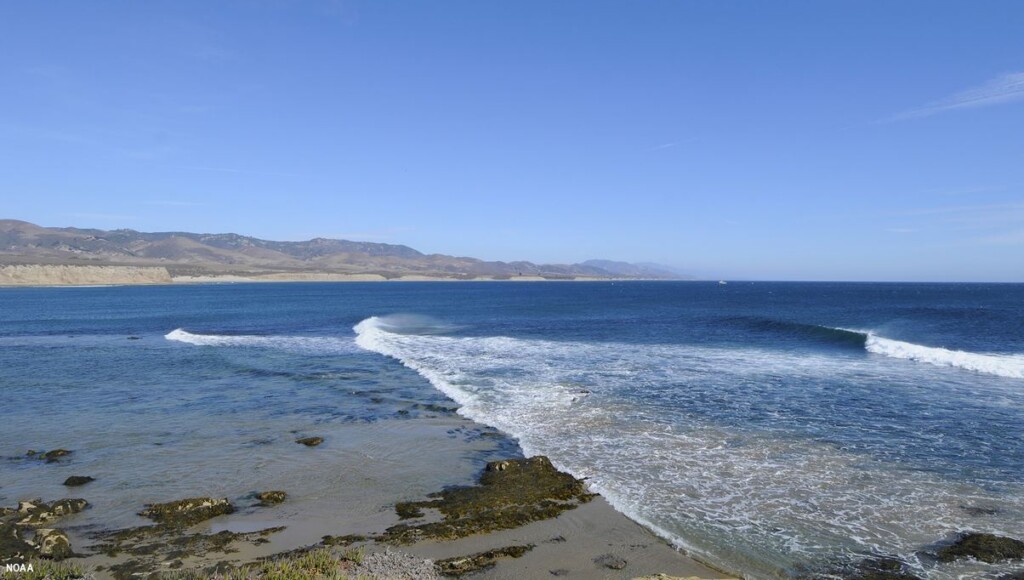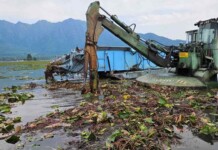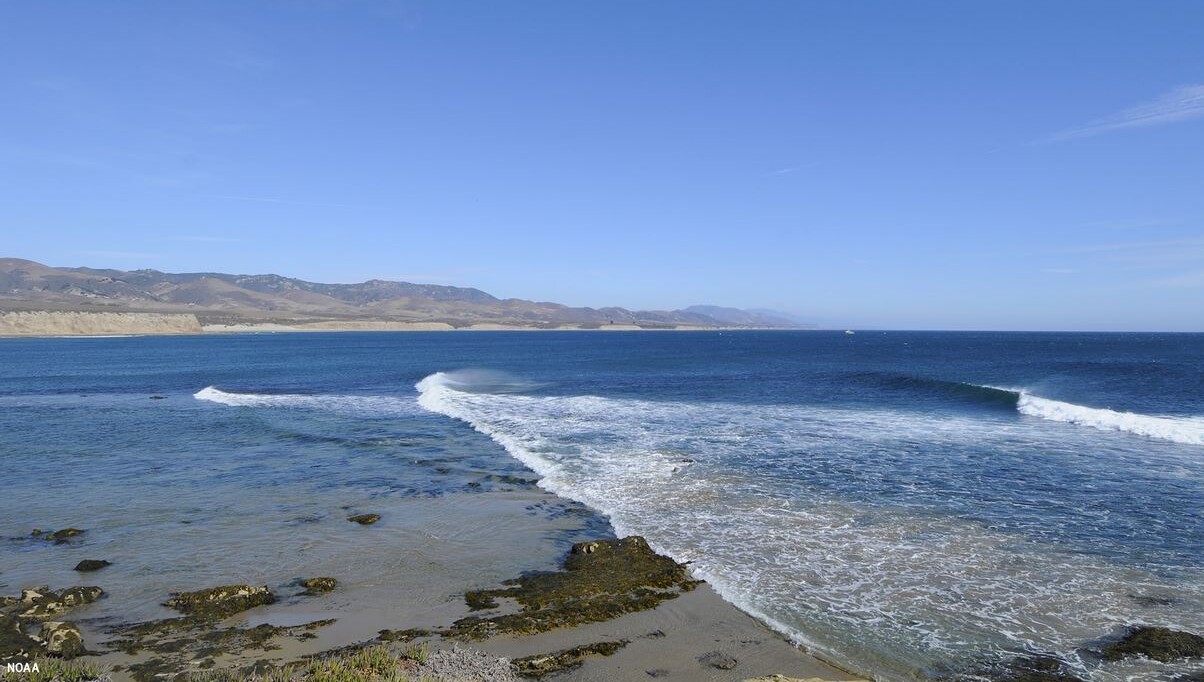
A California tribe has become the first indigenous group in the Lower 48 to be named co-stewards over a National Marine Sanctuary.
Extending out into the waters between the technology capital of the world and the Hollywood Hills, the Chumash Tribe have been campaigning for decades to achieve it.
Since 1969, the Chumash have been advocating for the preservation of the unique coastal ecosystem that supported them for generations, one in which a delicate balance of coral, kelp, sharks, dolphins, whales, and seals create a bountiful seascape.
Since 2015, tribal leaders have been trying to get the National Oceanic and Atmospheric Administration (NOAA) to designate it a marine sanctuary. And it’s been nearly a year since the Chumash were “months away from clinching” that designation.
Finally, on September 6th, the NOAA concluded the final regulatory step regarding the proposed Chumash National Marine Sanctuary with the issuing of a final environmental impact statement (FEIS).
Under NOAA’s “preferred alternative,” the bureaucratic term used to refer to the ultimate mixture of regulations to govern the area for conservation, tribal use, and offshore wind energy infrastructure, the sanctuary would include 4,543 square miles of coastal and offshore waters along 116 miles of California’s central coast.
Upon designation, the Chumash Heritage National Marine Sanctuary would become the third-largest seascape in the National Marine Sanctuary System.
“In order to preserve something, in order to protect something, people have to love it, and that is like giving us the opportunity, the world stage, to share our stories and our history,” Violet Walker Sage, head of the Northern Chumash Tribal Council, told CBS last year.
With the Biden Administration, the Northern Chumash found attentive listeners, and Walker, whose father was the chief who submitted the original proposal to the NOAA in 2015, knew these 4 years were the ideal moment to finish her late father’s work.
MORE STORIES OF TRIBAL RETURN: Largest Dam Removal in History Begins Restoring Salmon and California Tribal Way of Life
The Biden Administration appointed Deb Haaland, a Pueblo member, to lead the Dept. of the Interior. It went on to designate several sacred tribal areas in the south and southwest as national monuments, and perhaps, Walker thought, someone would finally listen to their pleas.
Bending an ear
“For the Chumash people, they have been a bit overlooked, unfairly, for some time now,” said NOAA representative Mike Murray, who worked with Walker on the final push for the marine sanctuary.
“We are here at NOAA to say, with Violet and others, ‘Let’s work in partnership and change that. Let’s have this protected area and every coastal attraction or visitor center or sign that one might encounter make it clear that this is Chumash territory, and this is very special, and there’s deep meaning in that.'”
MORE STORIES LIKE THIS: CA Redwoods to Be First National Park Co-Managed with a Native American Tribe That Used to Own it
As required by the National Environmental Policy Act, NOAA must wait 30 days after publication of the final environmental impact statement before making its final decision on designation. Following the 30 days, should NOAA decide to designate the sanctuary, the agency will release the final regulations and final management plan.
The sanctuary, as described in the preferred alternative, would recognize and celebrate Indigenous Peoples’ connections to the region, and be managed with their active participation and stewardship.
The sanctuary is anticipated to bring comprehensive community management to nationally significant natural, historical, archeological, and cultural resources—including kelp forests, rocky reefs, sandy beaches, underwater mountains, and more than 200 shipwrecks. It would span the area from Cambria to Santa Barbara, and connect the national marine sanctuaries of Monterrey Bay and Channel Islands, a passage that’s part of the migratory path of blue whales.
“Every tribal nation across the country maintains a significant cultural tie to its aboriginal lands and waters. Sadly, for many, those connections have been difficult to reach. But today, with this announcement, the Chumash people take great strides in restoring our connection to our maritime history.” said Kenneth Kahn, Chairman of the Santa Ynez Band of Chumash Indians, which will serve as a co-steward of the sanctuary, in a statement released by the NOAA.
The boundaries for the national marine sanctuary, as outlined in the preferred alternative in the FEIS, would not include areas where offshore wind turbines are currently planned to be built or where wind energy transmission cables are expected to be laid.
GOOD NEWS FOR AMERICAN MARINE LIFE: First-Ever Coral Crossbreeding Hopes to Mimic the Resilience of an ‘Invincible’ Reef in Honduras
“My father, the late Chief Fred Collins, began the journey to protect these sacred waters 40 years ago, and we have been so proud to continue his work,” Walker Sage said in the same statement. “I am delighted to celebrate his vision, today’s success, and the future of our People who will always be connected to past, present, and future by this special stretch of coastline and the true magic its waters hold.”
WATCH a promotional video of the new sanctuary…
SHARE This Great News For American Tribes And American Wild Seas…




















